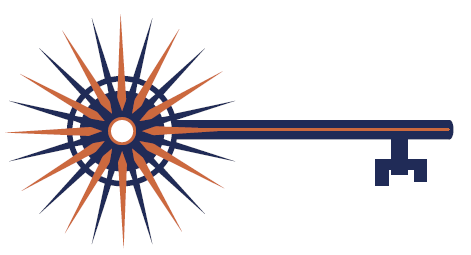Chris is teaching an Instructor led class: NAT-6 Calculations class for the IAA.
Course Description:
The ability to calculate a chart by hand, using the Ephemeris and Book of Tables, is both a vital skill for the working astrologer and an international certification requirement. This course is based on a widely accepted method which is simple, rewarding, and easy to understand. It is a “hands-on” class in which the birth data for up to ten subjects provides opportunity to practice the steps both during class and through homework assignments.
Syllabus:
Class Meeting 1: Time, Motion & Coordinates
This class deepens one’s understanding of time, motion and coordinates in preparation for calculating the natal chart. Latitude, longitude, and time zone considerations are discussed.
Class Meeting 2: GMT & Exploring the Ephemeris
This class explains how to read the ephemeris and how to convert birth time to GMT (Greenwich Mean Time). Working with time units and decimals is also reviewed.
Class Meeting 3: Calculating LST
This class teaches the calculation of LST (Local Sidereal Time). Once the LST is obtained one can calculate the Constant Decimal, angles and house cusps.
Class Meeting 4: The Book of Tables and Calculating the Constant Decimal
In this class, one explores the Michelsen Book of Tables, is introduced to the Placidus House System, and learns to calculate the Constant Decimal.
Class Meeting 5: Calculating House Cusps
Using a 4-function calculator, and the Book of Tables, one learns how to calculate the Mid-heaven, Ascendant, house cusps, and Equatorial Ascendant.
Class Meeting 6: Calculating Sun, Moon, Planets, and Nodes
Learn to convert the birth GMT to a decimal representing the portion of the day that has elapsed. This decimal is utilized in calculating the positions of the Sun, Moon, planets, and True Node. Placement of these points in the appropriate houses can then follow.
Class Meeting 7: Calculating the Vertex and Chiron
This class covers how to calculate the Vertex and “monthly data only” points such as Chiron.
Class Meeting 8: Review
This meeting allows for a final review of chart calculation methodology prior to the distribution of the Final Exam.
